Pruning techniques for planting navel Orange
Navel orange tree in the young stage of vigorous growth, strong branching power, if allowed to grow naturally, it is easy to form a multi-trunk crown skeleton, resulting in a closed crown, affecting the light, weakening the tree potential and branch growth.
Artificial shaping and pruning can cultivate good crown structure, make rational use of space and light energy, enhance tree potential, increase leaf area index, and lay a foundation for high and stable yield.
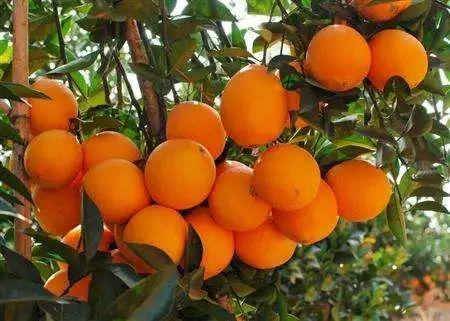
1. Shaping and pruning of unfruited young trees of navel orange.
Winter navel orange pruning was carried out about a week before spring sprouting, and summer pruning was carried out before autumn shoot sprouting in mid-late July.
① navel orange fixed trunk: for the seedlings whose navel orange has not yet been fixed or the branches are too high and the branches are slender, 40cm is left in the trunk after planting to promote the sturdy shoots in the 15cm under the cutting mouth.
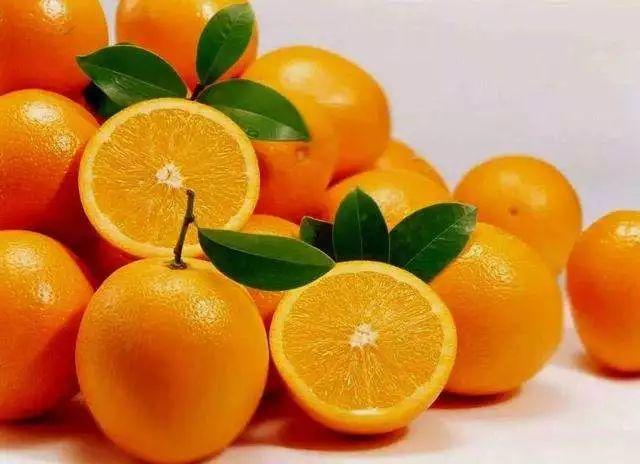
② navel orange selected the main branch: from about 25cm above the marriage interface of navel orange, three strong branches with strong growth, uniform azimuth distribution and a certain interval distance were selected as the main branch culture, and a strong new shoot was selected at the top of the new shoot as the main branch. In the future, lateral branches with large opening angle are selected on both sides of the main branches, pay attention to fill the space position and prevent overcrowding.
③ navel orange core removal: if the growth potential of the main branches of the selected navel orange is not balanced, it will affect the tree shape. When the new shoot reaches a certain length or the summer shoot is too long, it is necessary to pick the heart in time, control and prolong, and promote the maturity and thickening. The sprouting of adventitious buds and rootstocks that are improperly positioned on the main branch and trunk should be removed in time.
Removal of buds from ④ navel oranges: some navel orange varieties produce buds in the nursery or after planting. They should be removed in time to avoid affecting the growth of the crown.
Improper cutting of ⑤ navel orange branches: the branches and leaves of young navel orange trees are rare and should not be re-cut. However, the clustered branches and cross branches should be cut off so as not to disturb the tree shape.
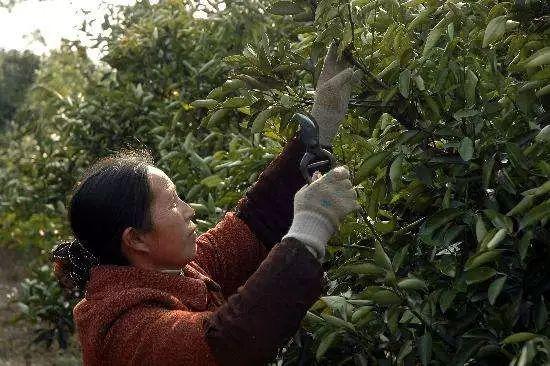
2. Shaping and pruning of navel orange fruit tree
The navel orange began to flower and hang fruit 2 ~ 3 years after planting. The tree nutrients should maintain not only the growth of fruit but also the growth of crown. In addition to strengthening fertilizer and water management, proper pruning should also be carried out in order to achieve a balance between vegetative growth and reproductive growth.
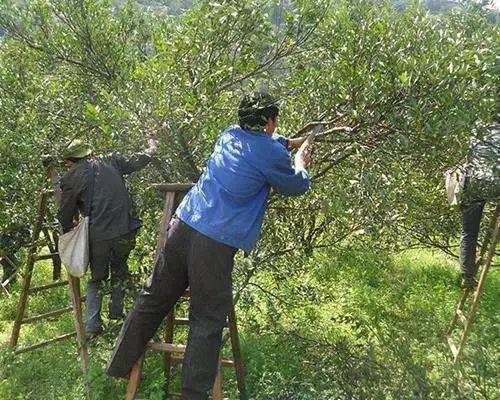
(1) cultivate three-dimensional results.
According to the characteristics of uniform growth of navel orange branches, stable angle of main branches and good tree shape, the lower part and inner bore branches are generally retained, and the lower part and the inside and outside of the crown bear fruit, and the pruning should be light, keeping the tree shape big and small, similar to the blunt head cone.
If the fruit-bearing branch after fruit picking is strong, it can still produce good growth branch and fruit-bearing branch from the base of the fruit stem in the following spring, so it should be kept uncut. If the fruiting branch is slender and weak, it can be cut off from the base.
(2) Branch renewal
Retraction pruning mainly in summer can not only reduce nutrient consumption, solve the contradiction of fruit shoot competition for fertilizer, but also stimulate autumn shoot growth and change the proportion of fruit mother branch.
Take Guangdong Province as an example, summer shearing is generally carried out after the physiological fruit drop period, before the fruiting mother branch is sprouted, and winter shearing is carried out after fruit harvest to before spring shoot sprouting, combined with garden cleaning, to cut off diseases, insects and weak branches.
(3) pruning aging trees
For trees that are too old or too airtight, the main branches can be renewed, generally sawed off at 70cm to 100cm from the base of the main branches, and the backbone branches are strongly truncated. For the senile trees whose some branches can still bear fruit, they will take turns to truncate within 2-3 years, and the side branches that are too dense and weak will be thinned to retain most of the stronger branches.
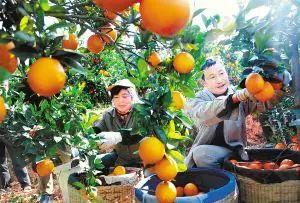
In the renewal years, a certain yield can be maintained every year, the growth of new shoots is better, the sunburn is less, and the recovery of high yield is faster. The renewal should be carried out before the spring bud germination. after the renewal, sunscreen measures should be taken, such as dressing or whitening with straw, applying preservatives or wax, covering the ground and so on. After regeneration, a large number of new shoots often germinate, which should be removed in time, leaving 2 or 4 uniformly distributed new shoots on each main branch to form a new skeleton of the crown.
- Prev
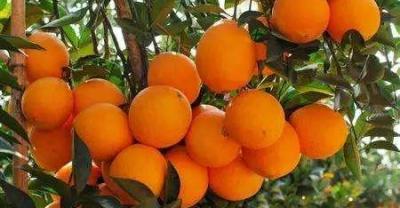
Simple planting of gourd in eight steps
1. Because the gourd seed coat is thick and the water is difficult to absorb, farmers soak the seeds for 24 hours before planting. 2, gourd seed soaking can be carried out budding, three kinds of budding.
- Next

Vegetable cultivation on the balcony of turning waste into treasure
A lot of domestic waste will be produced in our daily life, some of which are decomposable and very simple to deal with, while some are so small.
Related
- Fuxing push coffee new agricultural production and marketing class: lack of small-scale processing plants
- Jujube rice field leisure farm deep ploughing Yilan for five years to create a space for organic food and play
- Nongyu Farm-A trial of organic papaya for brave women with advanced technology
- Four points for attention in the prevention and control of diseases and insect pests of edible fungi
- How to add nutrient solution to Edible Fungi
- Is there any good way to control edible fungus mites?
- Open Inoculation Technology of Edible Fungi
- Is there any clever way to use fertilizer for edible fungus in winter?
- What agents are used to kill the pathogens of edible fungi in the mushroom shed?
- Rapid drying of Edible Fungi

